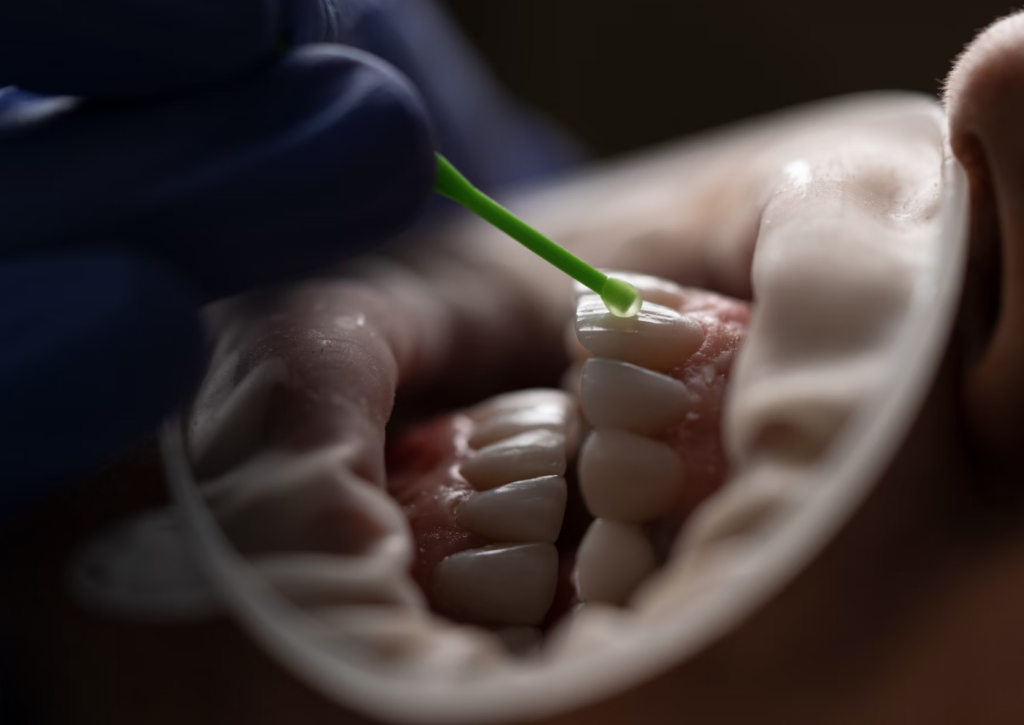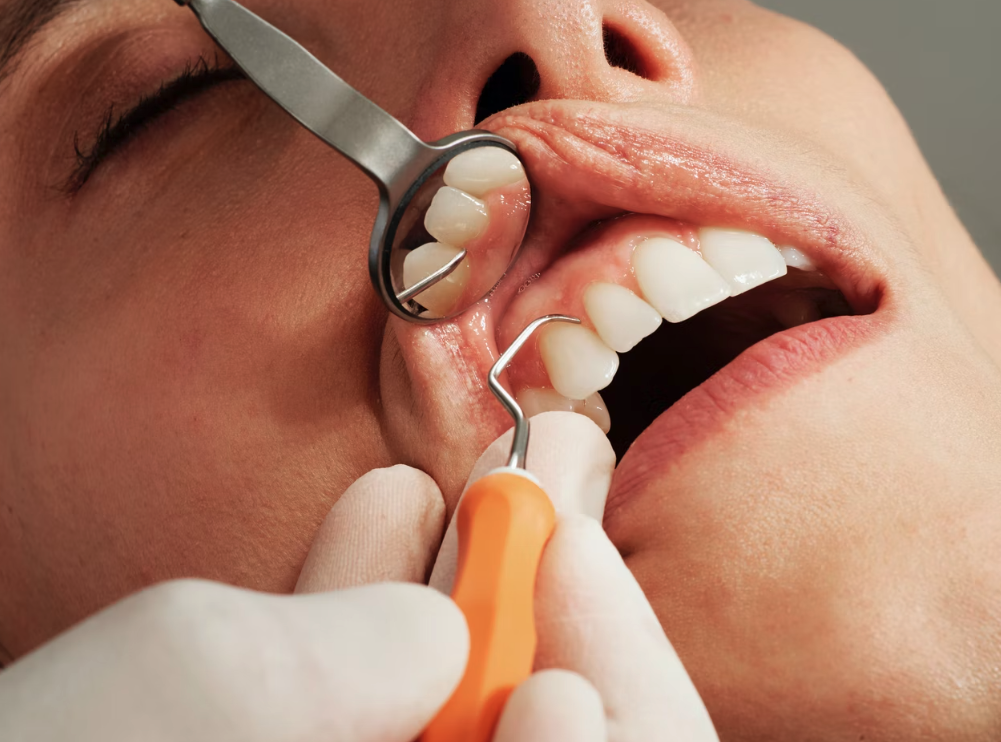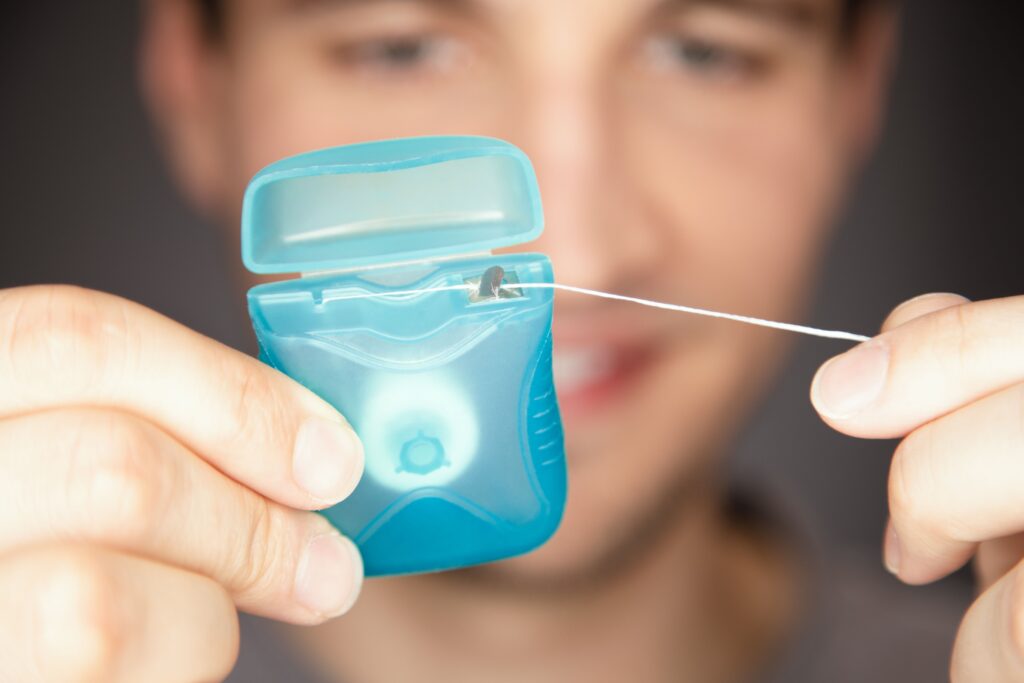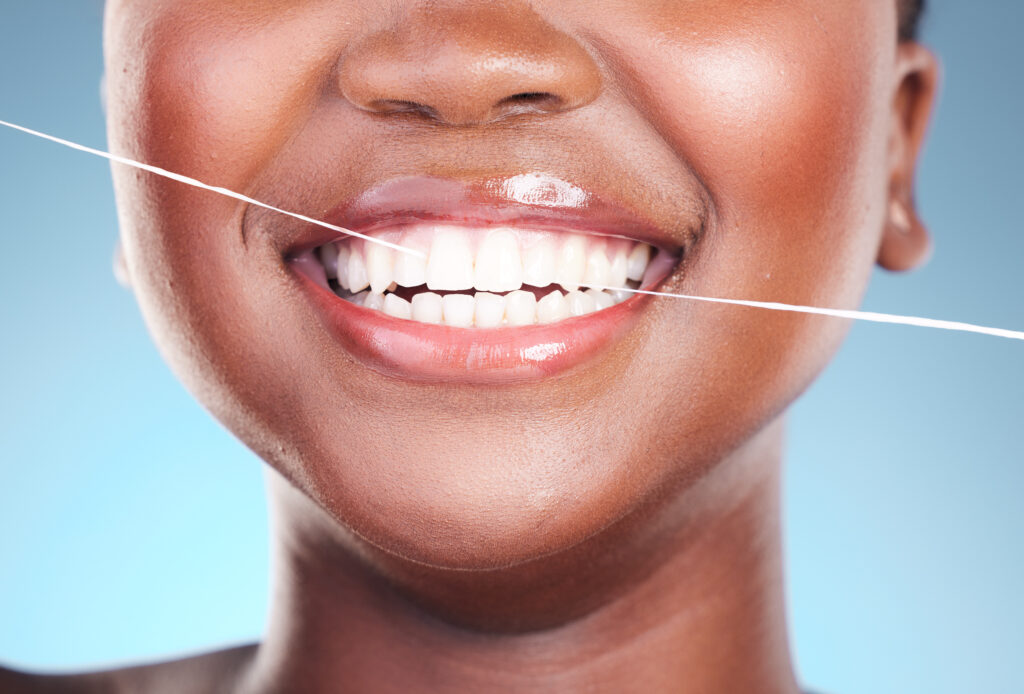Dental bonding is a common cosmetic dental procedure that can improve the appearance of teeth. The process involves applying a tooth-colored resin material to the surface of a tooth and then using a special light to harden and bond the material to the tooth. While bonding is a popular and effective treatment, many people wonder if a bonded tooth can be broken. In this article, we’ll explore the question of whether a bonded tooth can be broken and what you can do to protect your dental health.

Understanding Dental Bonding
Dental bonding is a non-invasive procedure that can be used to fix a variety of dental problems, including chips, cracks, discoloration, and gaps. The process typically takes about 30 to 60 minutes per tooth and involves several steps. First, the dentist will clean and prepare the tooth surface. Then, a bonding agent is applied to the tooth to help the resin material stick to it. The dentist then applies the resin material to the tooth, shaping it to match the natural contours of the tooth. Finally, a special light is used to harden the material and bond it to the tooth.
Can a Bonded Tooth Be Broken?
While bonding is a popular and effective treatment, there are some factors that can cause a bonded tooth to break. One of the biggest risk factors is trauma to the tooth. If a person bites down on something hard or is hit in the mouth, the bonded tooth can be damaged or broken. Another risk factor is wear and tear. Bonding material can be more prone to wear and tear than natural tooth enamel, so over time, the bonded tooth may become weaker and more prone to breakage. Additionally, poor oral hygiene and tooth decay can weaken the bond between the resin material and the tooth, increasing the risk of breakage.
Bonding vs. Other Dental Procedures
When it comes to strength and durability, bonded teeth are generally weaker than natural teeth or other dental restorations, such as dental crowns or veneers. However, bonding is still a good option for people who want to improve the appearance of their teeth without undergoing more invasive procedures. Bonding is also more affordable than other restorative treatments and can often be completed in a single visit to the dentist.

Protecting Your Bonded Teeth
If you have bonded teeth, there are several things you can do to protect them and reduce the risk of breakage. First, be careful when eating hard or crunchy foods. Avoid biting down on hard objects, such as pens, ice, or fingernails. Also, practice good oral hygiene by brushing and flossing regularly to keep your teeth and gums healthy. Finally, be sure to visit your dentist regularly for check-ups and cleanings. Your dentist can monitor your bonded teeth and make any necessary repairs or adjustments to keep them in good condition.
Conclusion
In conclusion, a bonded tooth can be broken under certain circumstances, such as trauma, wear, and tear, or poor oral hygiene. While bonding is generally weaker than natural tooth enamel or other restorative treatments, it is still an effective and affordable option for many people. If you have bonded teeth, take steps to protect them by being careful when eating and practicing good oral hygiene. Finally, be sure to visit your dentist regularly for check-ups and cleanings to ensure that your bonded teeth remain in good condition.








